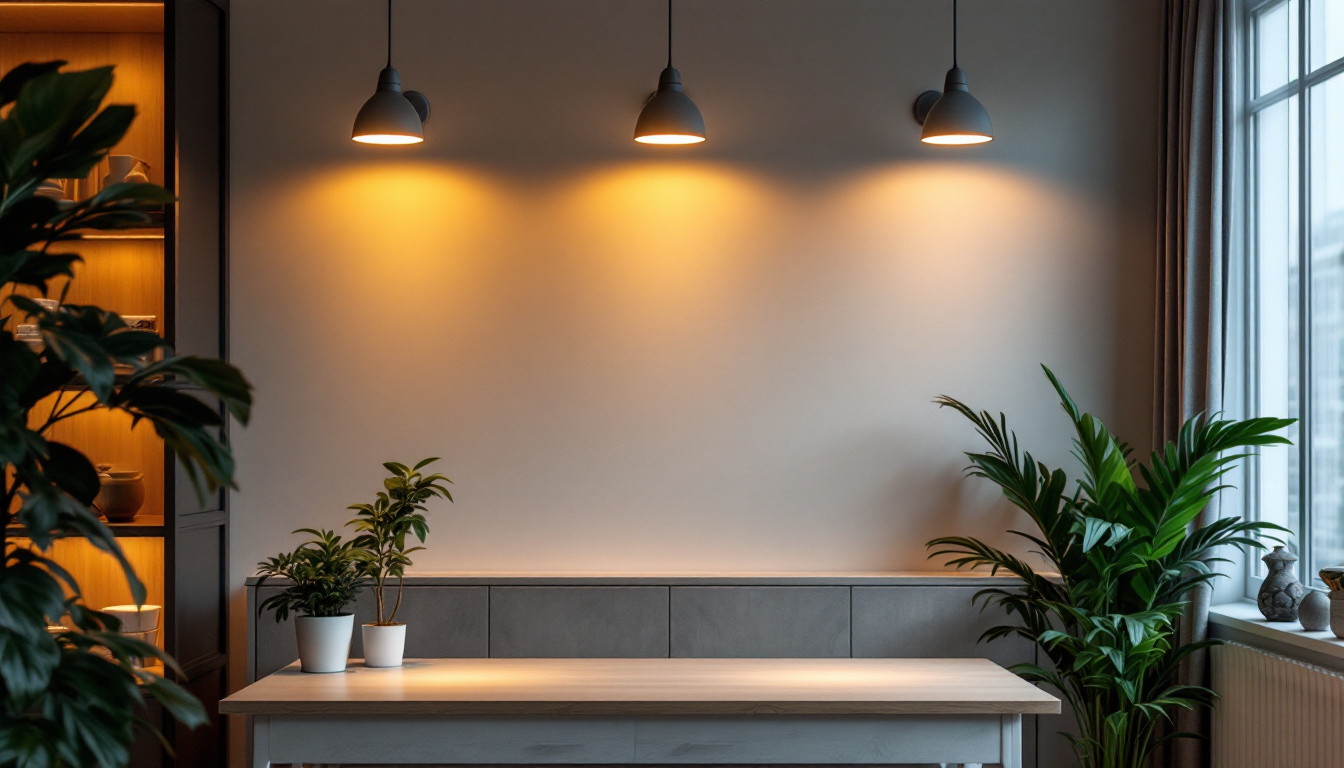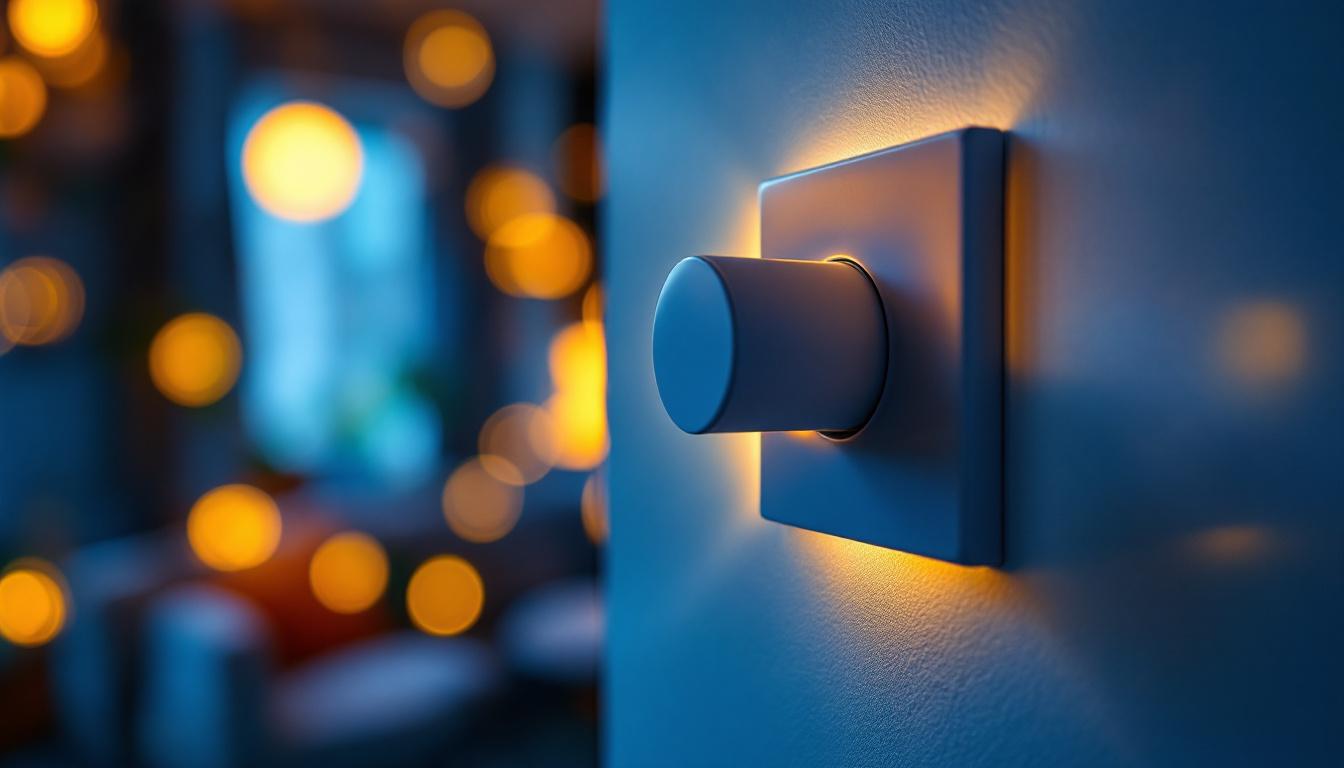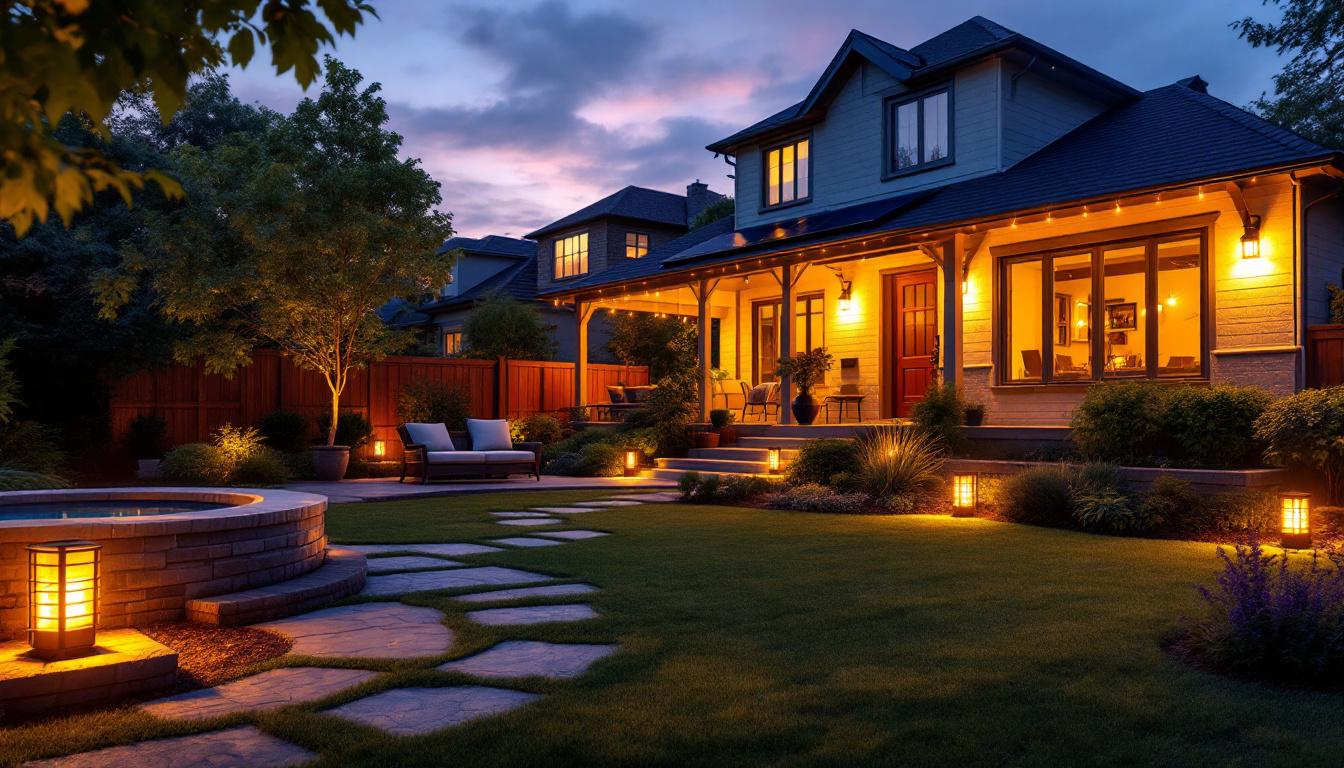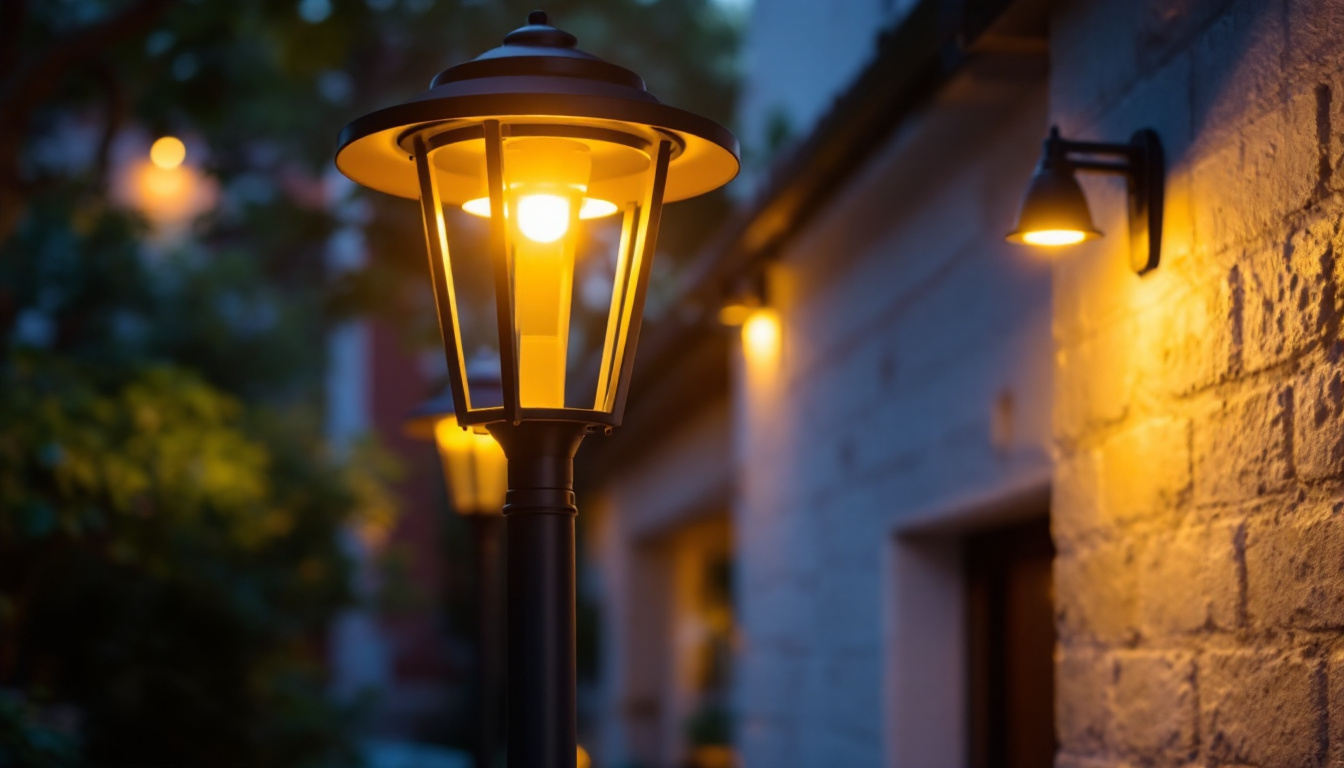
In recent years, the lighting industry has undergone a significant transformation, primarily driven by the adoption of LED technology. As energy efficiency becomes a priority for businesses and consumers alike, LED lighting solutions have emerged as a frontrunner in addressing these concerns. This article explores the impact of LED lighting technology on energy efficiency, particularly from the perspective of lighting contractors.
LED, or Light Emitting Diode, is a semiconductor device that emits light when an electric current passes through it. Unlike traditional incandescent or fluorescent bulbs, LEDs convert a higher percentage of energy into light, resulting in less wasted energy and lower heat output. This fundamental difference in operation is what makes LEDs a game-changer in the lighting industry. The compact size of LEDs also allows for innovative designs, enabling manufacturers to create sleek, modern fixtures that can fit into a variety of spaces, from homes to commercial buildings.
LEDs function through a process called electroluminescence. When electricity flows through a diode, it excites the electrons, which then release energy in the form of light. This process is highly efficient, producing more lumens per watt compared to conventional lighting options. As a result, LEDs require significantly less energy to produce the same amount of light, making them an attractive option for both residential and commercial applications. Additionally, the ability to control the color temperature of LEDs allows users to create different atmospheres; for instance, warmer tones can enhance comfort in living spaces, while cooler tones can improve focus in work environments.
The advantages of LED lighting extend beyond energy efficiency. LEDs have a longer lifespan, often lasting up to 25 times longer than incandescent bulbs. This longevity not only reduces replacement costs but also minimizes waste, contributing to a more sustainable approach to lighting. Furthermore, LEDs are available in a variety of colors and can be easily dimmed, offering flexibility in design and functionality. They also emit light in a specific direction, which can reduce the need for reflectors and diffusers that are commonly required with traditional bulbs. This directional lighting can enhance the effectiveness of outdoor lighting, making spaces safer and more visually appealing.
Moreover, the durability of LEDs is another significant advantage. Unlike fragile incandescent bulbs, LEDs are solid-state devices, which means they are resistant to shock, vibrations, and external impacts. This makes them particularly suitable for use in challenging environments, such as industrial settings or outdoor applications. Additionally, many LED products are now designed to be compatible with smart technology, allowing users to control their lighting remotely through smartphones or voice-activated devices. This integration not only enhances convenience but also promotes energy savings by enabling users to turn off lights when they are not needed.
One of the most compelling reasons for the widespread adoption of LED technology is its impact on energy efficiency. As energy costs continue to rise, businesses are increasingly seeking ways to reduce their energy consumption and operational expenses. LED lighting provides a solution that aligns with these goals.
LEDs consume significantly less energy than traditional lighting options. For instance, while a typical incandescent bulb may use 60 watts to produce around 800 lumens, an equivalent LED bulb only requires about 10-12 watts. This drastic reduction in energy consumption translates to lower electricity bills, making LEDs a financially viable option for lighting contractors and their clients.
Investing in LED lighting can yield substantial returns over time. Although the initial cost of LED fixtures may be higher than traditional options, the long-term savings on energy bills and maintenance costs often outweigh this upfront investment. Many businesses report a payback period of just a few years, after which they can enjoy significant savings. Additionally, various incentives and rebates offered by governments and utility companies can further enhance the ROI for LED installations.
Beyond financial advantages, the environmental benefits of switching to LED lighting are equally significant. LEDs have a much longer lifespan than traditional bulbs, lasting up to 25,000 hours or more, which means fewer bulbs end up in landfills. This longevity not only reduces waste but also minimizes the resources needed for manufacturing and transportation of replacement bulbs. Furthermore, LEDs do not contain harmful substances like mercury, which is commonly found in fluorescent lighting, making them a safer choice for both users and the environment.
Another noteworthy aspect of LED technology is its ability to provide superior lighting quality. LEDs offer a range of color temperatures, allowing businesses to choose the perfect ambiance for their spaces, whether it be a warm glow for a cozy restaurant or bright, cool light for a retail store. Additionally, LEDs can be easily dimmed and controlled, providing flexibility that can enhance the overall aesthetic and functionality of a space. This adaptability not only improves the customer experience but can also lead to increased productivity in work environments, as employees benefit from better lighting conditions tailored to their tasks.
As the world grapples with climate change and the need for sustainable practices, the environmental benefits of LED lighting cannot be overlooked. The shift towards energy-efficient lighting solutions like LEDs plays a crucial role in reducing carbon footprints and promoting sustainability. With their long lifespan and low energy consumption, LEDs not only provide cost savings for consumers but also contribute to a more sustainable future for our planet.
By consuming less energy, LEDs contribute to a reduction in carbon emissions. Traditional lighting sources, especially those powered by fossil fuels, can lead to significant greenhouse gas emissions. In contrast, the widespread adoption of LED technology can help mitigate these effects, making a positive impact on the environment. Furthermore, the energy efficiency of LEDs translates into lower electricity demand, which can reduce the strain on power plants and decrease the need for new energy infrastructure, ultimately leading to a more sustainable energy grid.
Another environmental advantage of LEDs is their composition. Unlike fluorescent bulbs, which contain harmful substances like mercury, LEDs are free from such toxic materials. This not only makes them safer for consumers but also simplifies the disposal process, reducing the environmental hazards associated with lighting waste. Additionally, the longer lifespan of LEDs means fewer replacements and less waste generated over time, further minimizing their overall environmental footprint. As communities and businesses increasingly adopt LED technology, the cumulative effect can lead to significant reductions in hazardous waste and a healthier ecosystem.
Beyond their direct environmental benefits, LEDs also contribute to energy conservation on a larger scale. By using up to 80% less energy than traditional incandescent bulbs, LEDs help to conserve precious natural resources. This reduction in energy consumption not only decreases the demand for electricity but also lessens the environmental impact associated with energy production, such as habitat destruction and water usage in power generation. Moreover, as the technology advances, the efficiency of LEDs continues to improve, promising even greater resource savings in the future.
The adoption of LED lighting also supports the integration of renewable energy sources into our power systems. As more homes and businesses transition to solar or wind energy, the low energy requirements of LED lighting make it easier to meet energy needs sustainably. This synergy between energy-efficient lighting and renewable energy can accelerate the shift towards a greener economy, fostering innovation and investment in sustainable technologies. By choosing LEDs, consumers not only benefit from lower energy bills but also play a vital role in the broader movement towards a more sustainable and resilient energy future.
While the benefits of LED technology are clear, lighting contractors must also navigate certain challenges when transitioning to LED solutions. Understanding these challenges can help contractors better serve their clients and optimize their projects.
Although the long-term savings of LED lighting are substantial, the initial investment can be a barrier for some clients. Lighting contractors need to effectively communicate the value of LED technology, highlighting the potential savings and environmental benefits. Providing clients with detailed cost analyses and ROI projections can help alleviate concerns about upfront costs.
LED technology is constantly evolving, and staying updated on the latest advancements is crucial for lighting contractors. Understanding the different types of LEDs, their applications, and installation techniques is essential for delivering high-quality service. Ongoing training and education can help contractors remain competitive in a rapidly changing market.
The future of LED lighting is bright, with continuous advancements in technology and design. As the demand for energy-efficient solutions grows, several trends are emerging that will shape the landscape of LED lighting.
One of the most exciting trends in the lighting industry is the integration of smart technology with LED lighting. Smart LEDs can be controlled remotely through apps, allowing users to adjust brightness, color, and scheduling. This level of control not only enhances convenience but also contributes to energy savings by allowing users to turn off lights when not needed.
Human-centric lighting focuses on the impact of light on human health and well-being. Research has shown that exposure to natural light can improve mood, productivity, and overall health. LED technology allows for tunable white light, which can mimic natural daylight and support circadian rhythms. As awareness of these benefits grows, lighting contractors may find increased demand for human-centric lighting solutions.
The impact of LED lighting on energy efficiency is undeniable. As lighting contractors navigate the evolving landscape of the industry, understanding the benefits and challenges associated with LED technology will be crucial for success. By embracing LED solutions, contractors can not only help their clients save on energy costs but also contribute to a more sustainable future.
In conclusion, the shift towards LED lighting represents a significant opportunity for lighting contractors to enhance their offerings and meet the growing demand for energy-efficient solutions. By staying informed about the latest trends and technologies, contractors can position themselves as leaders in the industry and drive positive change in their communities.
Ready to harness the power of LED lighting for your next project? At LumenWholesale, we provide lighting contractors with the highest quality, spec-grade LED solutions at unbeatable wholesale prices. Say goodbye to local distributor markups and hello to a vast selection of reliable, high-performance lighting that meets the strictest industry standards. With free shipping on bulk orders, you can secure premium lighting at the best value — all without hidden fees or compromises. Elevate your lighting game and make a sustainable impact with LumenWholesale. Discover our extensive range and take advantage of the best value in wholesale lighting by visiting LumenWholesale today.

Discover the crucial details lighting contractors often miss when installing dimmer light switches for LED systems.

Discover the frequent pitfalls lighting contractors face when installing backyard solar lights.

Discover innovative cost-saving strategies for lighting contractors using 2X2 LED panels.

Discover how outdoor LED lamp posts can illuminate new opportunities for lighting contractors.